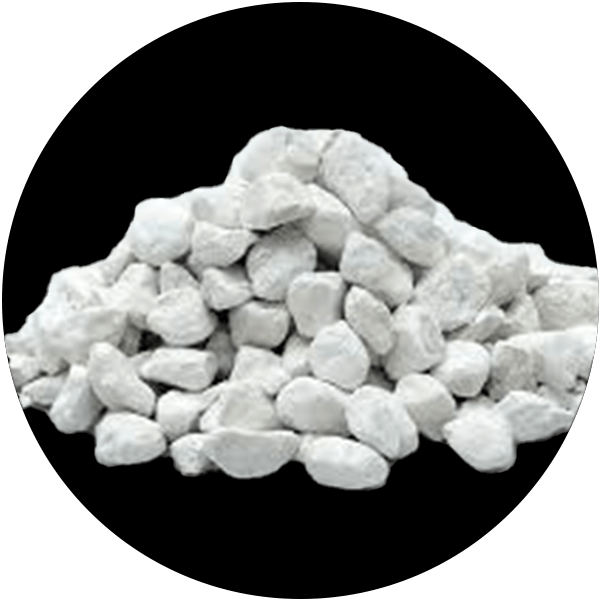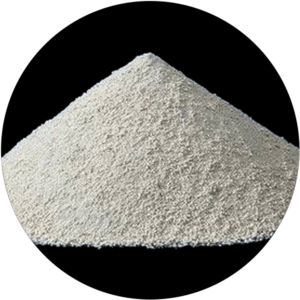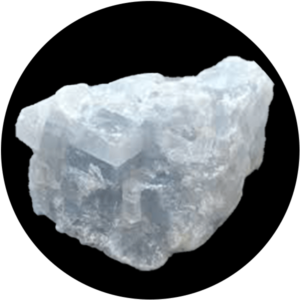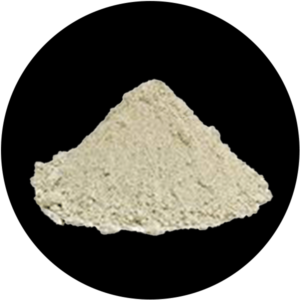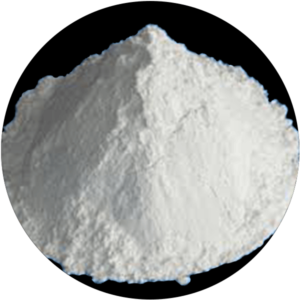
Shop
Quicklime Lumps
Quicklime lumps, also known as calcium oxide (CaO), are produced by the thermal decomposition of limestone (calcium carbonate) at high temperatures. Here are some key details:
Appearance: Quicklime typically appears as white to grayish lumps or powder. The lumps can vary in size.
Production: It is produced in a lime kiln, where limestone is heated to temperatures around 900 to 1000 degrees Celsius. This process drives off carbon dioxide (CO2), resulting in quicklime.
Chemical Properties: Quicklime is a highly reactive alkaline compound. It readily absorbs moisture from the air, forming calcium hydroxide (slaked lime) upon contact with water.
Uses:
1. Construction: Used in the production of cement and as a soil stabilizer.
2. Industrial Applications: Employed in steel manufacturing, water treatment, and chemical production.
3. Agriculture: Used to improve soil pH and as a fertilizer.
Safety: Quicklime is caustic and can cause burns upon contact with skin or eyes. Proper handling and safety precautions are essential.
Storage: It should be stored in a dry, well-ventilated area to prevent it from reacting with moisture in the air.
Quicklime is an important chemical in various industries, with its reactivity making it versatile in applications.

